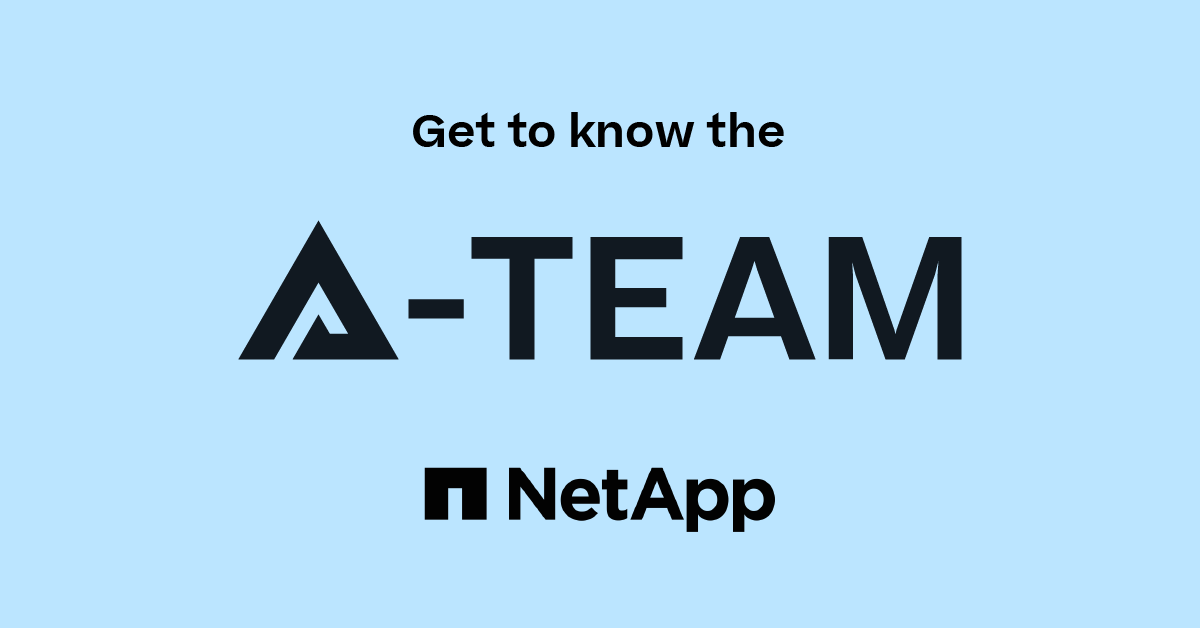Network and Storage Protocols
- Home
- :
- ONTAP, AFF, and FAS
- :
- Network and Storage Protocols
- :
- Re: DFS and CIFS shares
Network and Storage Protocols
- Subscribe to RSS Feed
- Mark Topic as New
- Mark Topic as Read
- Float this Topic for Current User
- Bookmark
- Subscribe
- Mute
- Printer Friendly Page
- Mark as New
- Bookmark
- Subscribe
- Mute
- Subscribe to RSS Feed
- Permalink
- Report Inappropriate Content
Hello everyone,
Good morning,
We wanted to implement Microsoft DFS in place of CIFS that we currently have. Will the CIFS share support the DFS implementation.
Any thoughts would be appreciated.
Thanks.
- Mark as New
- Bookmark
- Subscribe
- Mute
- Subscribe to RSS Feed
- Permalink
- Report Inappropriate Content
Hi,
Yes we can. Once DFS is installed on an NT server, using the DFS Administrator tool, you need to make entries for the filer's Common Internet File System protocol (CIFS) shares in the DFS root tree. Refer the following Kb for more details.
Hope this helps.
- Mark as New
- Bookmark
- Subscribe
- Mute
- Subscribe to RSS Feed
- Permalink
- Report Inappropriate Content
The KB was helpful, thank you!
However, NetApp and windows are based on very differnt operating systems, can you please elaborate as to how this is going to work. Will this involve any sort of data migration?
Also, how will the permission to affected on the shares?
Thank you!
- Mark as New
- Bookmark
- Subscribe
- Mute
- Subscribe to RSS Feed
- Permalink
- Report Inappropriate Content
Hi,
Here is a link to a technical report that explains how to integrate CIFS shares within a DFS infrastrucutre
http://www.netapp.com/au/media/tr-3782.pdf
/matt
- Mark as New
- Bookmark
- Subscribe
- Mute
- Subscribe to RSS Feed
- Permalink
- Report Inappropriate Content
If you are talking about masking the "real" name/location of an SMB share on a NetApp by using a DFS target defined in Active Directory, that can be done successfully. The main problems I encountered with that approach usually revolved around "weird" old SMBv1 clients (like a multifunction printer/scanner that scans a document and ships it to the SMB share). Also, there were sometimes issues with various flavors of Apple OS, but typically by mapping with cifs://my.dfs.example.com/share/sharename instead of smb://, that got it working. My understanding is that cifs:// forces the Mac OS to autonegotiate down to SMBv1, which apparently is less problematic.
But the vast majority of clients, both Windows and Macs, worked just fine with a AD-based DFS target to a NetApp SMB share.

